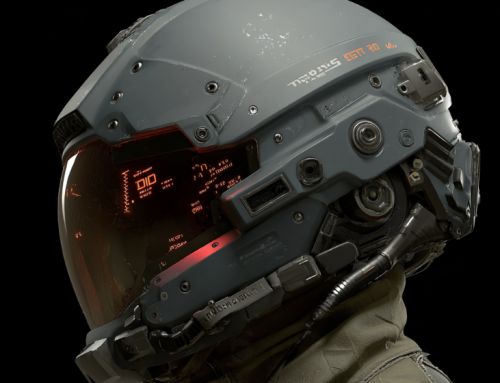
As competition in generative AI shifts toward multimodal models, Meta’s new Chameleon, designed to be natively multimodal, achieves state-of-the-art performance in tasks like image captioning and visual question answering (VQA) while remaining competitive in text-only tasks, according to reported experiments. (Source: Image by RR)
Meta’s Chameleon Offers a Potential Open Alternative to Private AI Models
Meta has introduced Chameleon, a state-of-the-art multimodal model designed to natively integrate different modalities rather than combining separate components. Chameleon uses an “early-fusion token-based mixed-modal” architecture, enabling it to learn from and generate interleaved sequences of images, text, code, and other modalities. This unified approach allows Chameleon to achieve state-of-the-art performance in tasks such as image captioning and visual question answering (VQA) while remaining competitive in text-only tasks.
Unlike the common “late fusion” method, which limits the integration of information across modalities, Chameleon transforms images into discrete tokens and uses a unified vocabulary for text, code, and image tokens. This design, as noted in venturebeat.com, allows it to apply the same transformer architecture to mixed sequences, setting it apart from similar models like Google Gemini. Training Chameleon involves significant computational resources and architectural modifications, employing a dataset with 4.4 trillion tokens and extensive GPU hours to develop 7-billion- and 34-billion-parameter versions.
Chameleon excels in both multimodal and text-only tasks, outperforming other models such as Flamingo, IDEFICS, and Llava-1.5 in VQA and image captioning benchmarks. It remains competitive in text-only benchmarks, matching models like Mixtral 8x7B and Gemini-Pro. The model’s capability to generate mixed-modal responses with interleaved text and images has been preferred by users in experiments, indicating its potential to unlock new applications for mixed-modal reasoning and generation.
As other tech giants like OpenAI and Google also reveal new multimodal models, Meta’s Chameleon could become a significant open alternative if Meta follows its tradition of releasing model weights. The early-fusion approach of Chameleon may inspire further research and advancements, especially as additional modalities are integrated, potentially enhancing applications in fields such as robotics.
read more at venturebeat.com







Leave A Comment